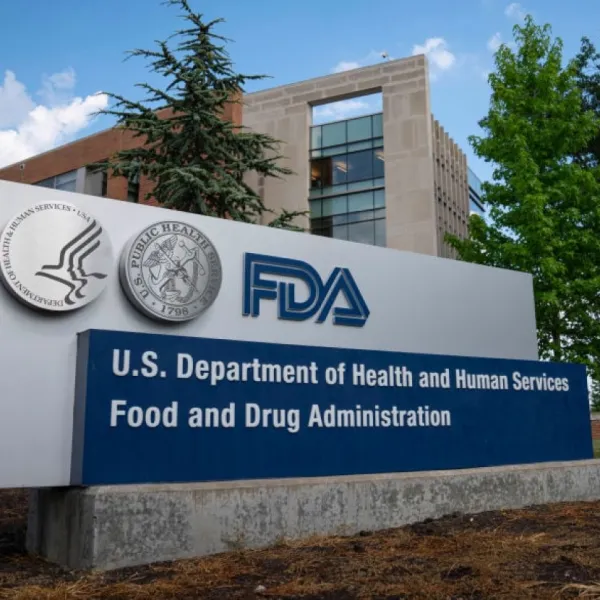Rite Aid Emerges from Bankruptcy, Cuts $2 Bn Debt, Appoints New CEO

The company announced this financial restructuring last week, along with securing $2.5 billion in exit financing to support its operations.
Retail pharmacy giant Rite Aid has officially emerged from Chapter 11 bankruptcy after cutting approximately $2 billion of its debt.
The company announced this financial restructuring last week, along with securing $2.5 billion in exit financing to support its operations.
In a statement, Rite Aid highlighted its successful completion of the restructuring process, emerging with a "rightsized store footprint, more efficient operating model, significantly less debt and additional financial resources."
The company will now operate as a private entity under the leadership of new CEO Matt Schroeder, who previously served as the company's chief financial officer.
Schroeder replaced Jeffrey Stein, who acted as CEO and chief restructuring officer during Rite Aid’s Chapter 11 process.
“Matt has served in various leadership positions during his tenure at Rite Aid and has a deep understanding of all aspects of our business. He has shown outstanding leadership through this process and is an excellent fit for the company as it advances as a stronger organization,” said Bruce Bodaken, chair of Rite Aid’s Board of Directors.
Rite’s Restructuring Chronology
As part of its restructuring, Rite Aid significantly reduced its operational footprint. The company now operates 1,416 stores across 16 states, down from over 2,100 locations in 17 states before the bankruptcy. The company had closed 154 underperforming stores to reduce costs.
Additionally, Rite Aid sold off some of its assets to further streamline its business.
In February, it sold its Elixir Solutions business for $577 million to MedImpact Healthcare Systems, and in May, it divested portions of its Health Dialog business to Carenet Health.
These transactions are part of a broader effort to focus on core operations while addressing financial and operational inefficiencies.
Schroeder expressed optimism for the company’s future, stating, “I am honored to lead Rite Aid on its journey as we continue serving our customers and communities. Thanks to the dedication of the entire organization, we are beginning our next phase as a transformed company. I see Rite Aid’s remarkable potential, and I look forward to working with the team as we remain committed to our purpose of helping our customers achieve whole health for life.”
Rite Aid’s bankruptcy filing in October 2023 was driven by mounting debt and legal battles. The company had faced lawsuits related to its alleged role in the opioid epidemic, as well as a debt load that had swelled to nearly $4 billion.
To address these challenges, Rite Aid secured $3.5 billion in financing and debt reduction agreements from lenders to sustain operations during the bankruptcy process.
At the time of its bankruptcy filing, Rite Aid had reported $8.6 billion in total debt, according to documents filed with the US Bankruptcy Court for the District of New Jersey.
In June 2023, the company revealed it had lost $307 million between March and May 2023 and had accumulated nearly $3 billion in losses over the past six years.
Stay tuned for more such updates on Digital Health News





























